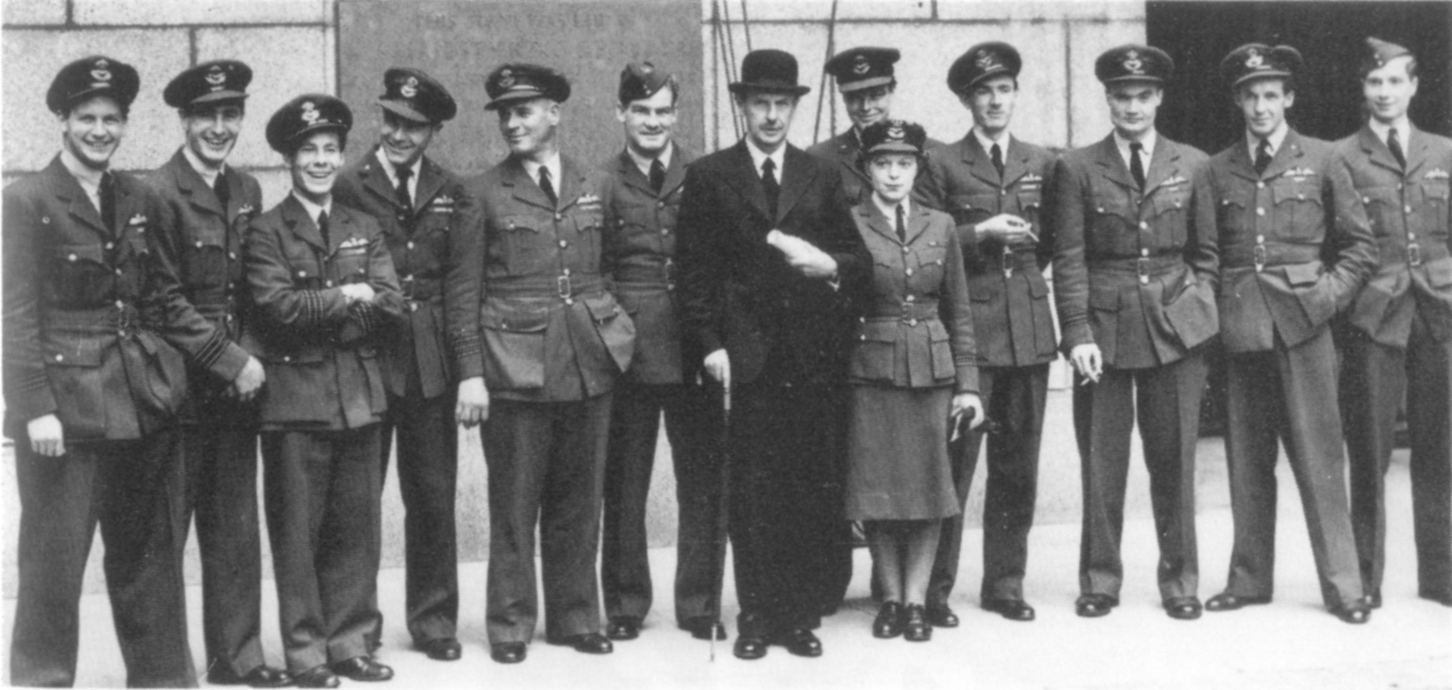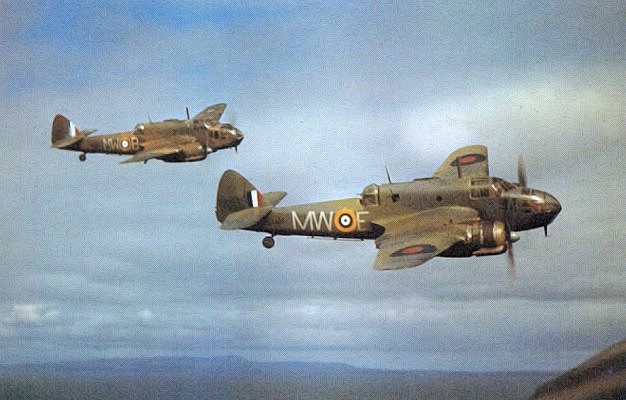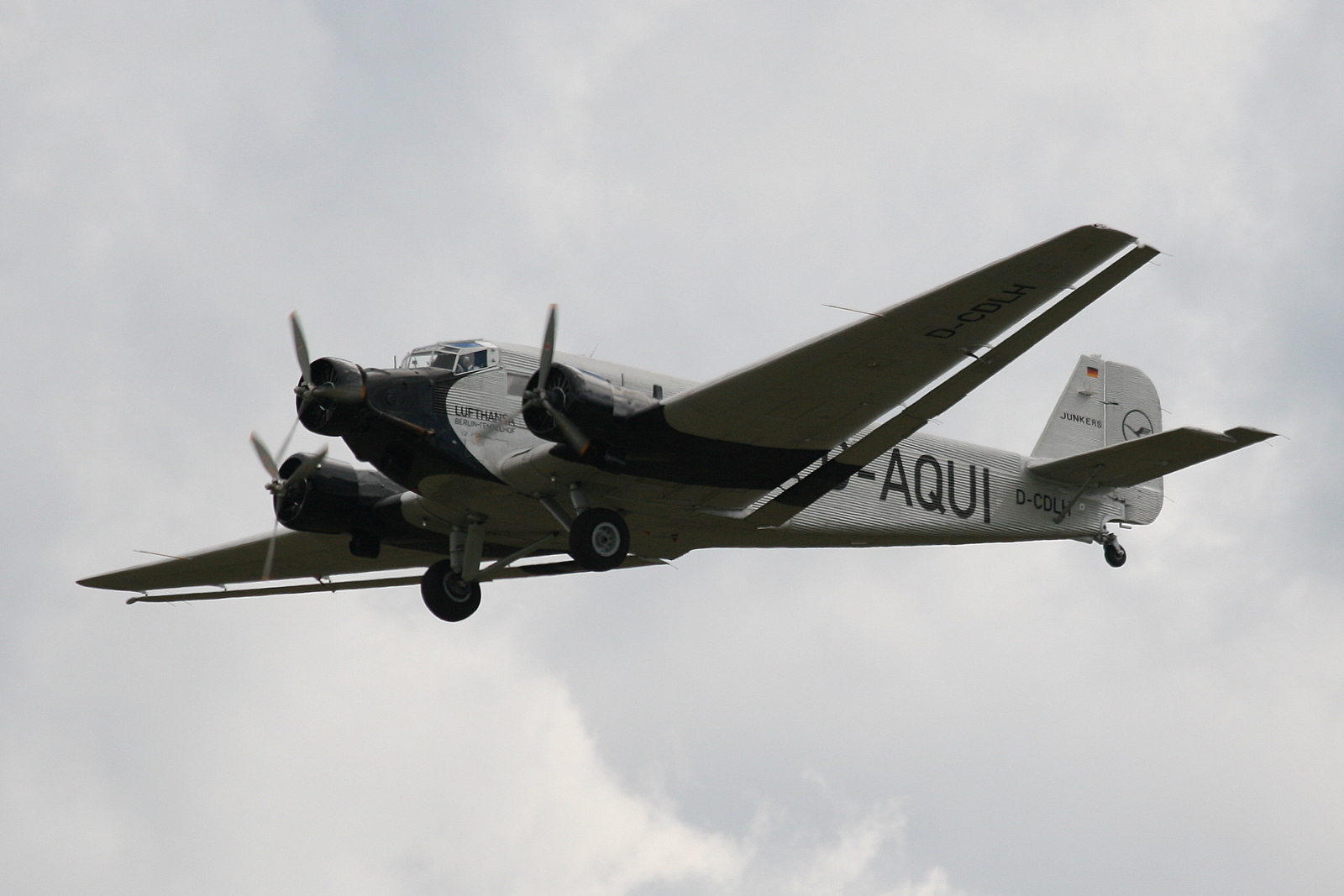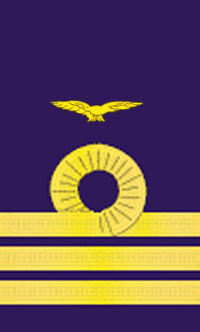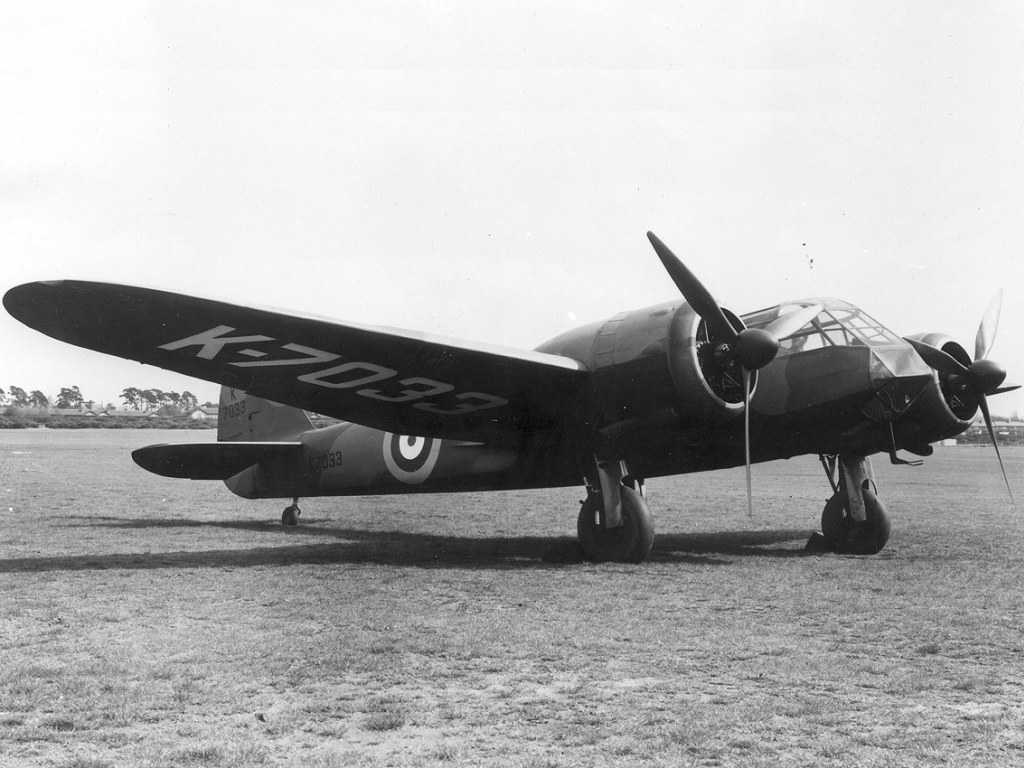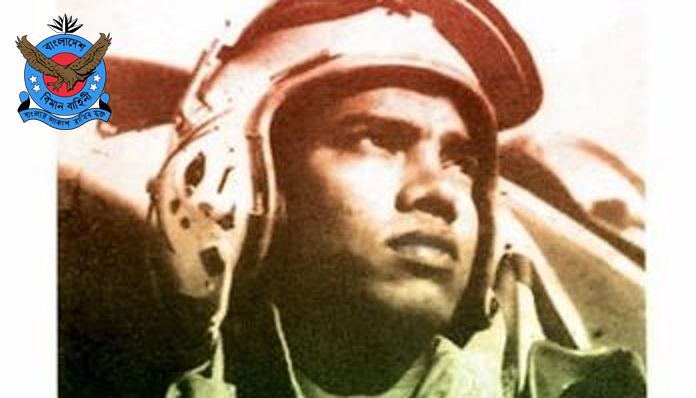|
Max John William Aitken, 2nd Baron Beaverbrook
Sir John William Maxwell Aitken, 2nd Baronet, (15 February 1910 – 30 April 1985), briefly 2nd Baron Beaverbrook in 1964, was a Canadian-British fighter pilot and flying ace of the Second World War, a Conservative politician, and press baron. He was the son of The 1st Baron Beaverbrook. Early life Aitken was born on 15 February 1910 in Montreal, the son of Gladys Henderson (Drury) and Max Aitken (later Lord Beaverbrook). He was the brother of Janet Gladys Aitken. He was educated at Sandroyd School then Downsend School, Westminster School and Pembroke College, Cambridge.Stenton and Lees ''Who's Who of British Members of Parliament'' vol. iv p. 2 A talented sportsman, he was a university blue at football and a scratch golfer. A keen flyer, he spent some time in the thirties flying throughout Europe and the USA. He joined the Royal Auxiliary Air Force in 1935, Bruce Barrymore Halpenny ''Fight for the Sky'' (1986) , Page 44 and was commissioned a pilot officer on 11 Septem ... [...More Info...] [...Related Items...] OR: [Wikipedia] [Google] [Baidu] |
The Few
The Few were the airmen of the Royal Air Force (RAF) and the aviators of the Fleet Air Arm, Royal Navy (RN) who fought the Battle of Britain in the Second World War. The term comes from Winston Churchill's phrase "Never was so much owed by so many to so few, Never, in the field of human conflict, was so much owed by so many to so few." It also alludes to Shakespeare's famous speech in his play, ''Henry V (play), Henry V'': "We few, we happy few, we band of brothers..." Aircrew Nearly 3,000 men were awarded the 1939–45 Star#Clasps, "Battle of Britain" clasp. As six of the seven longest surviving veterans of the battle (Squadron Leader John Hart (RAF officer), John Hart, Flight Lieutenant Archie McInnes, Flight Lieutenant Maurice Mounsdon, Air Vice-Marshal John Thornett Lawrence, Wing Commander Paul Farnes and Flight Lieutenant William Clark (RAF Officer), William Clark) died between June 2019 and May 2020 as of 8 May 2020, only one survivor of The Few is still living (Flying O ... [...More Info...] [...Related Items...] OR: [Wikipedia] [Google] [Baidu] |
Westminster School
(God Gives the Increase) , established = Earliest records date from the 14th century, refounded in 1560 , type = Public school Independent day and boarding school , religion = Church of England , head_label = Head Master , head = Gary Savage , chair_label = Chairman of Governors , chair = John Hall, Dean of Westminster , founder = Henry VIII (1541) Elizabeth I (1560 – refoundation) , address = Little Dean's Yard , city = London, SW1P 3PF , country = England , local_authority = City of Westminster , urn = 101162 , ofsted = , dfeno = 213/6047 , staff = 105 , enrolment = 747 , gender = BoysCoeducational (Sixth Form) , lower_age = 13 (boys), 16 (girls) , upper_age = 18 , houses = Busby's College Ashburnham Dryden's Grant's Hakluyt's Liddell's Milne's Purcell's Rigaud's Wren's , colours = Pink , public ... [...More Info...] [...Related Items...] OR: [Wikipedia] [Google] [Baidu] |
RAF Coastal Command
RAF Coastal Command was a formation within the Royal Air Force (RAF). It was founded in 1936, when the RAF was restructured into Fighter, Bomber and Coastal Commands and played an important role during the Second World War. Maritime Aviation had been neglected in the inter-war period, due to disagreements between the Royal Navy (RN) and RAF over the ownership, roles and investment in maritime air power. The Admiralty's main concern until 1937 was the return of the Fleet Air Arm to the Royal Navy while the RAF prioritised the development of a bombing force to provide a deterrent. Coastal Command was referred to as the "Cinderella Service" by A V Alexander, the First Lord of the Admiralty in November 1940. Soon after RAF Coastal Area was elevated to Coastal Command, its headquarters moved from Lee-on-Solent to Northwood in northwest London. During the Second World War, Coastal Command's most important contribution was the protection of Allied convoys from attacks by the Germ ... [...More Info...] [...Related Items...] OR: [Wikipedia] [Google] [Baidu] |
Wing Leader
Wing leader, or wing commander (flying), denotes the tactical commander of a Commonwealth military wing on flying operations. The terms refer to a position, not a rank, although the role was usually taken by an officer ranked wing commander. The position was also distinct from the commanding officer of the wing, generally a higher-ranked officer. The first wing leaders were appointed in 1941, and the position remained in use until the 1960s. History The role of wing leader originated in the Royal Air Force (RAF) during World War II, when senior fighter pilots, usually of wing commander rank, were given responsibility for coordinating the operations of several squadrons—originally three, later as many as five—in combat. Previously, such formations were led by the most senior or experienced commander of the squadrons involved.Bowyer, ''Fighter Pilots of the RAF'', p. 151Franks, ''Fighter Command's Air War'', "Chapter 1: What will the New Year bring?" The "Big Wing" had been ... [...More Info...] [...Related Items...] OR: [Wikipedia] [Google] [Baidu] |
Bristol Beaufighter
The Bristol Type 156 Beaufighter (often called the Beau) is a British multi-role aircraft developed during the Second World War by the Bristol Aeroplane Company. It was originally conceived as a heavy fighter variant of the Bristol Beaufort torpedo bomber. The Beaufighter proved to be an effective night fighter, which came into service with the Royal Air Force (RAF) during the Battle of Britain, its large size allowing it to carry heavy armament and early airborne interception radar without major performance penalties. The Beaufighter was used in many roles; receiving the nicknames ''Rockbeau'' for its use as a rocket-armed ground attack aircraft and ''Torbeau'' as a torpedo bomber against Axis shipping, in which it replaced the Beaufort. In later operations, it served mainly as a maritime strike/ground attack aircraft, RAF Coastal Command having operated the largest number of Beaufighters amongst all other commands at one point. The Royal Australian Air Force (RAAF) also m ... [...More Info...] [...Related Items...] OR: [Wikipedia] [Google] [Baidu] |
Junkers Ju 52
The Junkers Ju 52/3m (nicknamed ''Tante Ju'' ("Aunt Ju") and ''Iron Annie'') is a transport aircraft that was designed and manufactured by German aviation company Junkers. Development of the Ju 52 commenced during 1930, headed by German Aerospace engineering, aeronautical engineer Ernst Zindel. The aircraft's design incorporated a wikt:corrugated, corrugated duralumin metal skin as a strengthening measure, which was very unusual at the time. The Ju 52's maiden flight was performed on 13 October 1930. It was initially designed with a single engine, however, it was produced in quantity as a trimotor. The primary early production model, the ''Ju 52/3m'', was principally operated as a 17-seat airliner or utility transport aircraft by various civil operators during the 1930s. Following the rise of Nazi Germany, thousands of Ju 52s were procured as a staple military transport of the nation. The ''Ju 52/3mg7e'' was the principal production model. The Ju 52 was in production between 1 ... [...More Info...] [...Related Items...] OR: [Wikipedia] [Google] [Baidu] |
Wing Commander (rank)
Wing commander (Wg Cdr in the RAF, the IAF, and the PAF, WGCDR in the RNZAF and RAAF, formerly sometimes W/C in all services) is a senior commissioned rank in the British Royal Air Force and air forces of many countries which have historical British influence, including many Commonwealth countries but not including Canada (since Unification) and South Africa. It is sometimes used as the English translation of an equivalent rank in countries which have a non-English air force-specific rank structure. It ranks immediately above squadron leader and immediately below group captain. It has a NATO ranking code of OF-4. It is equivalent to commander in the Royal and United States Navies, as well as to lieutenant colonel in the British Army, the Royal Marines, and the United States Army, Air Force and Marine Corps. The equivalent rank in the Women's Auxiliary Air Force and the Women's Royal Air Force (until 1968) and in Princess Mary's Royal Air Force Nursing Service (until 1980) ... [...More Info...] [...Related Items...] OR: [Wikipedia] [Google] [Baidu] |
Distinguished Flying Cross (UK)
The Distinguished Flying Cross (DFC) is the third-level military decoration awarded to officers, and since 1993 to other ranks, of the United Kingdom's Royal Air Force and other services, and formerly to officers of other Commonwealth countries, for "an act or acts of valour, courage or devotion to duty whilst flying in active operations against the enemy". History The award was established on 3 June 1918, shortly after the formation of the Royal Air Force (RAF), with the Royal Warrant published on 5 December 1919. It was originally awarded to RAF commissioned and warrant officers, including officers in Commonwealth and allied forces. In March 1941 eligibility was extended to Naval Officers of the Fleet Air Arm, and in November 1942 to Army officers, including Royal Artillery officers serving on attachment to the RAF as pilots-cum-artillery observers. Posthumous awards were permitted from 1979. Since the 1993 review of the honours system as part of the drive to remove distin ... [...More Info...] [...Related Items...] OR: [Wikipedia] [Google] [Baidu] |
Hawker Hurricane
The Hawker Hurricane is a British single-seat fighter aircraft of the 1930s–40s which was designed and predominantly built by Hawker Aircraft Ltd. for service with the Royal Air Force (RAF). It was overshadowed in the public consciousness by the Supermarine Spitfire during the Battle of Britain in 1940, but the Hurricane inflicted 60 percent of the losses sustained by the Luftwaffe in the campaign, and fought in all the major theatres of the Second World War. The Hurricane originated from discussions between RAF officials and aircraft designer Sir Sydney Camm about a proposed monoplane derivative of the Hawker Fury biplane in the early 1930s. Despite an institutional preference for biplanes and lack of interest by the Air Ministry, Hawker refined their monoplane proposal, incorporating several innovations which became critical to wartime fighter aircraft, including retractable landing gear and the more powerful Rolls-Royce Merlin engine. The Air Ministry ordered Hawker's ''Int ... [...More Info...] [...Related Items...] OR: [Wikipedia] [Google] [Baidu] |
Bristol Blenheim
The Bristol Blenheim is a British light bomber aircraft designed and built by the Bristol Aeroplane Company (Bristol) which was used extensively in the first two years of the Second World War, with examples still being used as trainers until the end of the war. Development began with the ''Type 142'', a civil airliner, in response to a challenge from Lord Rothermere to produce the fastest commercial aircraft in Europe. The ''Type 142'' first flew in April 1935, and the Air Ministry, impressed by its performance, ordered a modified design as the ''Type 142M'' for the Royal Air Force (RAF) as a bomber. Deliveries of the newly named Blenheim to RAF squadrons commenced on 10 March 1937. In service the Type 142M became the Blenheim Mk.I which would be developed into the longer Type 149, designated the Blenheim Mk.IV, except in Canada where Fairchild Canada built the Type 149 under licence as the Bolingbroke. The Type 160 Bisley was also developed from the Blenheim, but was already o ... [...More Info...] [...Related Items...] OR: [Wikipedia] [Google] [Baidu] |
Flight Lieutenant
Flight lieutenant is a junior commissioned rank in air forces that use the Royal Air Force (RAF) system of ranks, especially in Commonwealth countries. It has a NATO rank code of OF-2. Flight lieutenant is abbreviated as Flt Lt in the Indian Air Force (IAF) and RAF, and as FLTLT in the Pakistan Air Force (PAF), Royal Australian Air Force (RAAF) and Royal New Zealand Air Force (RNZAF) and has sometimes also been abbreviated as F/L in many services; it has never been correctly abbreviated as "lieutenant". A flight lieutenant ranks above flying officer and below a squadron leader and is sometimes used as an English language translation of a similar rank in non-English-speaking countries. The rank originated in the Royal Naval Air Service (RNAS) in 1914. It fell into abeyance when the RNAS merged with the Royal Flying Corps during the First World War but was revived in 1919 in the post-war RAF. An RAF flight lieutenant is the equivalent of a lieutenant in th ... [...More Info...] [...Related Items...] OR: [Wikipedia] [Google] [Baidu] |
